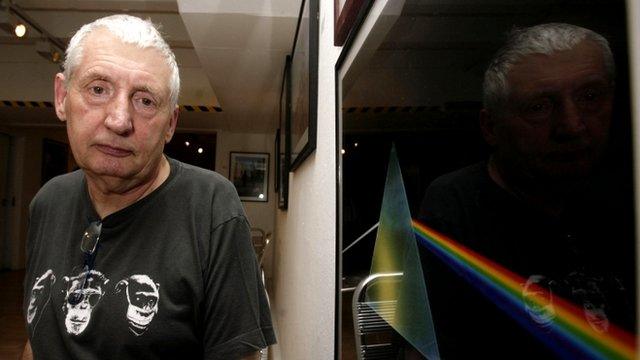Beatles, Rolling Stones and more album covers as pottery
- Published
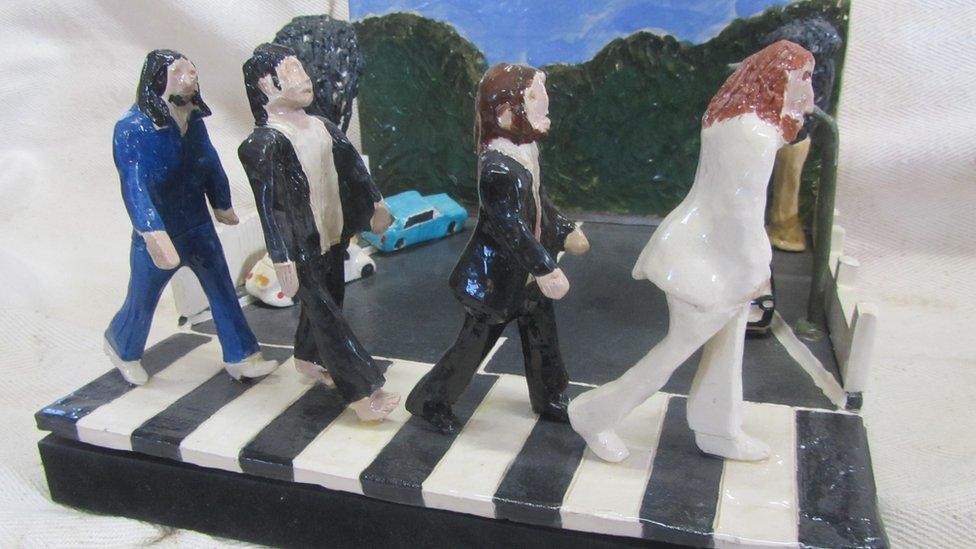
"It's just so iconic - I couldn't not do that one," said the artist of his interpretation of The Beatles' Abbey Road cover
An amateur sculptor who makes 3D pottery versions of classic album covers by The Beatles, Rolling Stones and more, is hoping to stage a public exhibition of his works after a private viewing proved successful.
Simon Buckmaster started evening classes in ceramics seven years ago and his love of music inspired him to create his takes on his favourite LP art.
"I'd always been interested in album covers and thought they would lend themselves to the ceramic form," he said.
"I pick them based on something that could look good in three dimensions - cars, an animal, buildings."
His first effort, currently dismantled and in storage, was Pink Floyd's Animals (featuring a pig flying over Battersea Power Station) and he then moved on to the Rolling Stones' Let It Bleed - starting with the cake section, which on the original album was baked by Delia Smith, external.
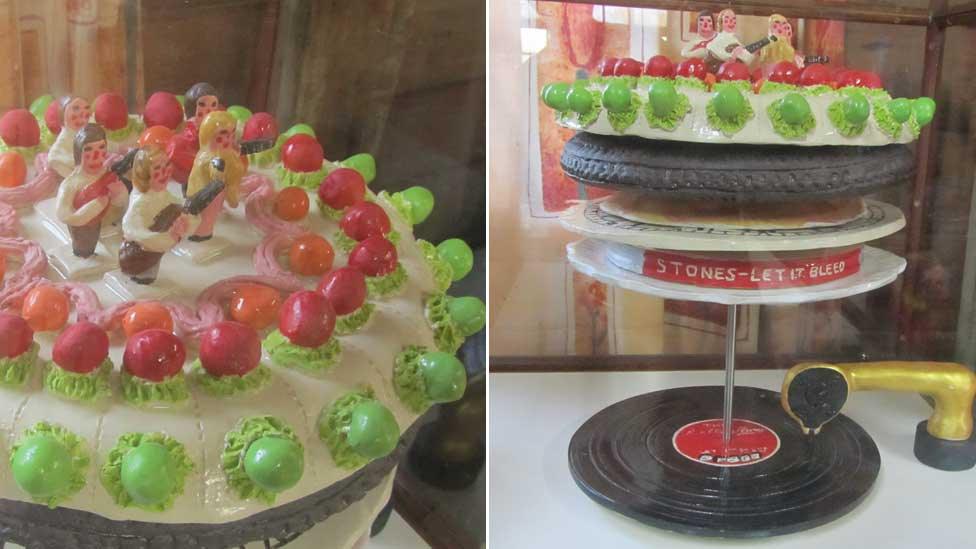
"This was the most challenging in terms of getting the scale correct and the whole thing holding together," said Mr Buckmaster
"I was only going to do the cake bit and then a friend joked about whether I could finish the whole thing in time for the album's 50th anniversary in 2019," said Mr Buckmaster.
The 63-year-old former farmer, whose studio is at his house in Felsham in Suffolk, chose his favourite 12 pieces and mounted a private view at the John Peel Centre for Creative Arts in nearby Stowmarket, where he volunteers.
"I had no expectations beyond it being a hobby, but it seems album covers are of more widespread interest among friends and beyond," he said.
"It seems to put a smile on people's faces."
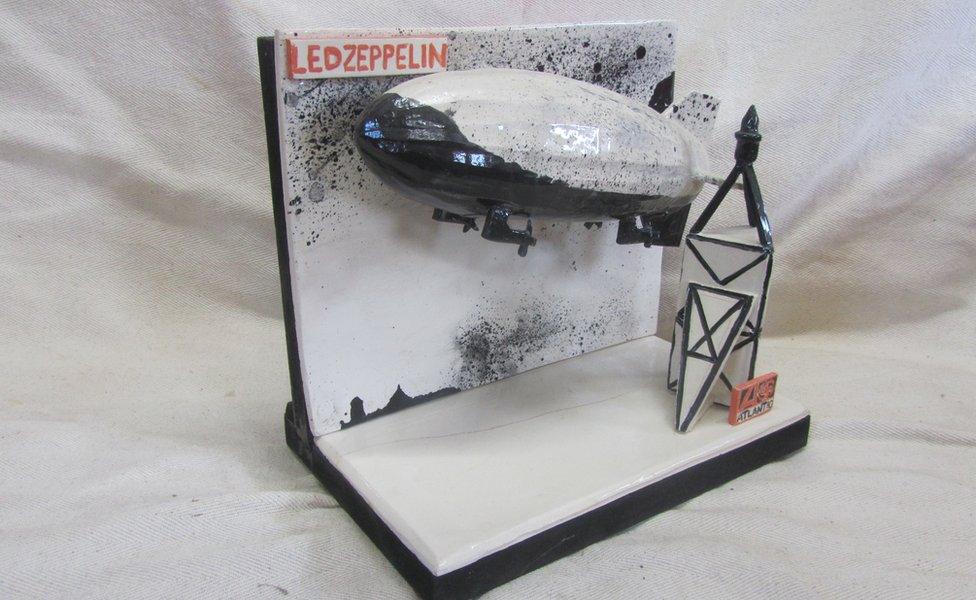
"This one works really well - it looks like it's defying gravity," said the artist about his reinterpretation of Led Zeppelin's eponymous 1969 debut
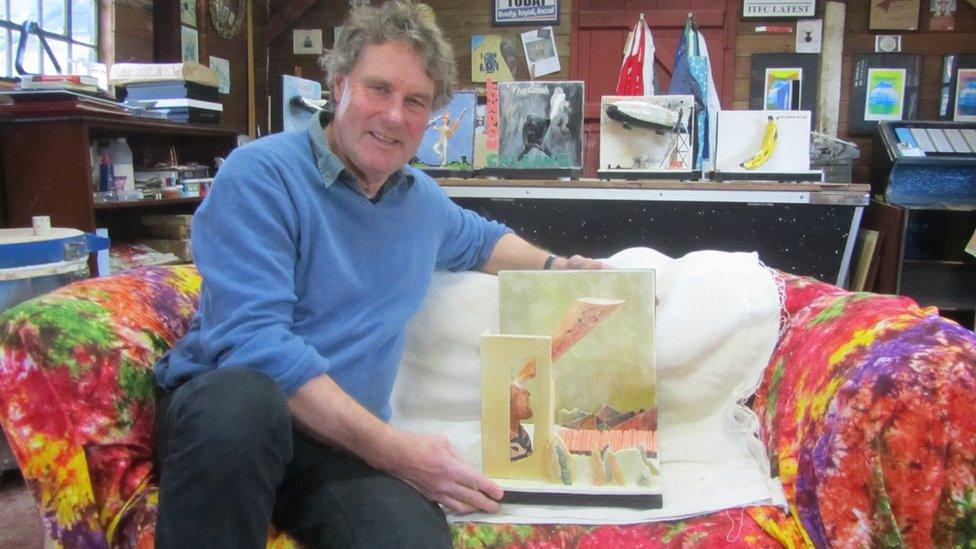
The artist in his studio with his version of Stevie Wonder's Innervisions - "I like the cone hanging in the air, and the colours"

"The bell is hollow all the way through and the trick was getting the right glaze to get it looking metallic"
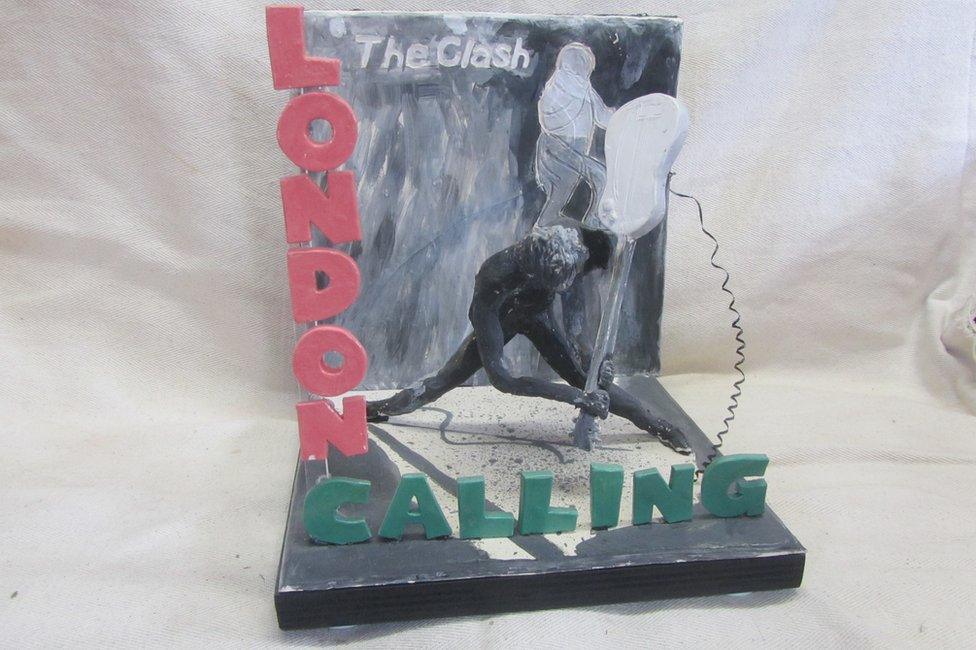
"This is a dynamic figure, but the challenge was getting the exact shade of pink for the wording"
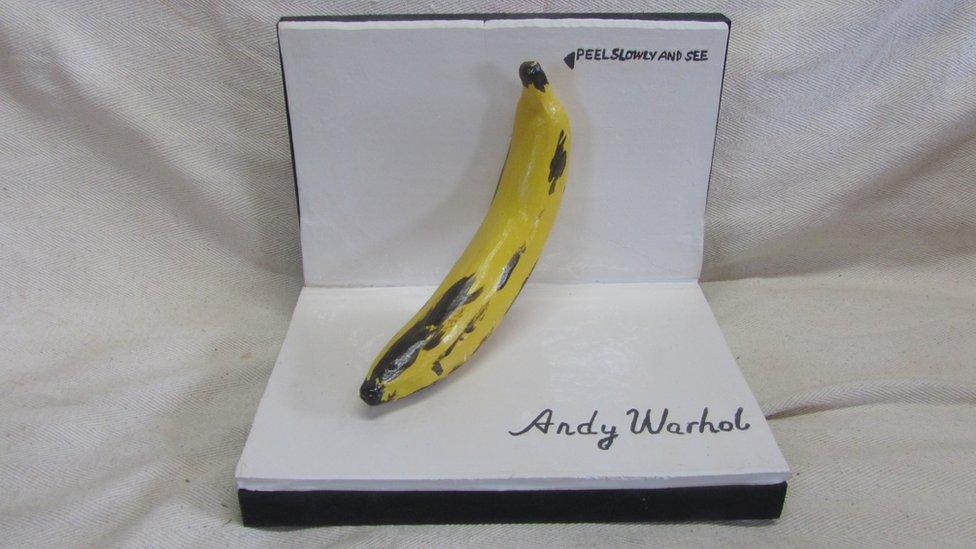
"During the private show, one guest thought I'd used a real banana that would rot eventually, so I took that as a compliment - it is a ceramic one"
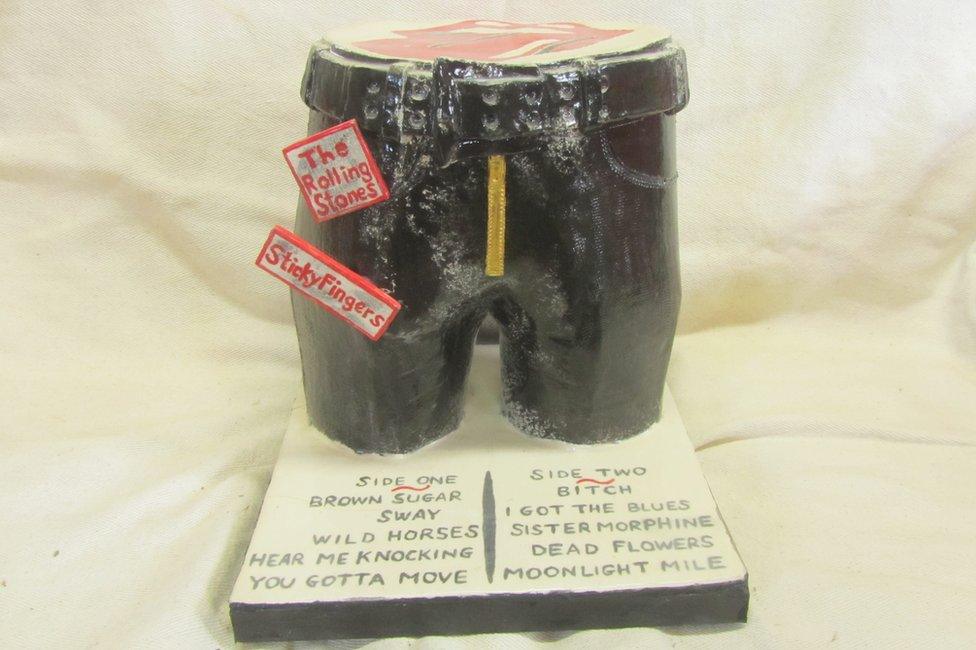
The Stones album designed by Andy Warhol, which had a real zip on the cardboard sleeve. "That took a lot of work to make the wet clay support itself," said the sculptor
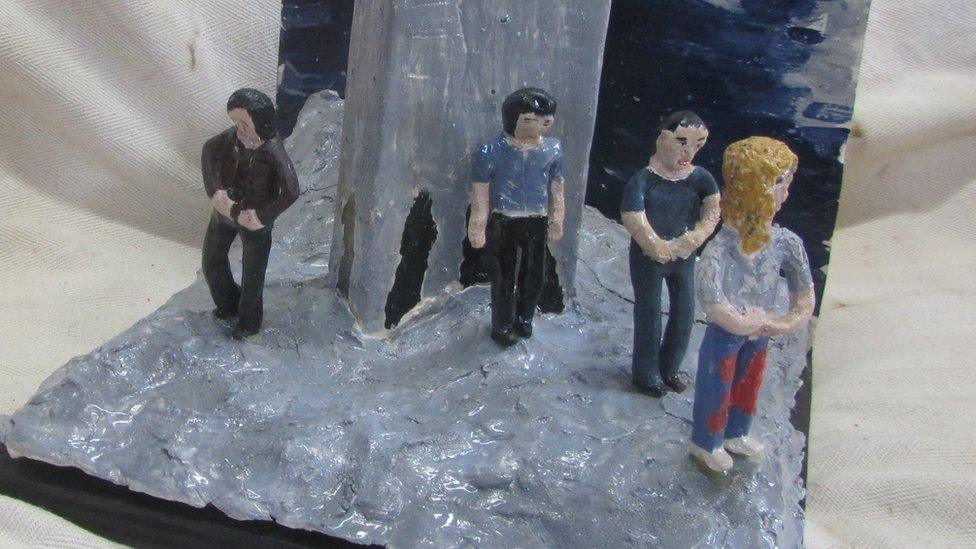
Who's Next by The Who. "I always thought the cover was a riposte to Sticky Fingers"
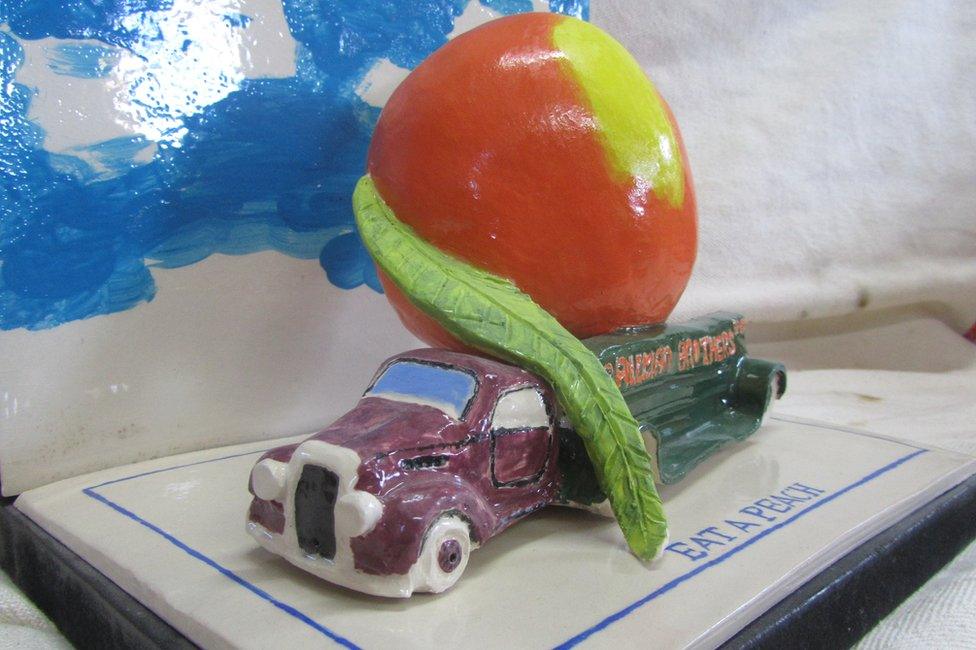
The Allman Brothers. "An American girl challenged me 'I bet you couldn't do Eat the Peach!'"
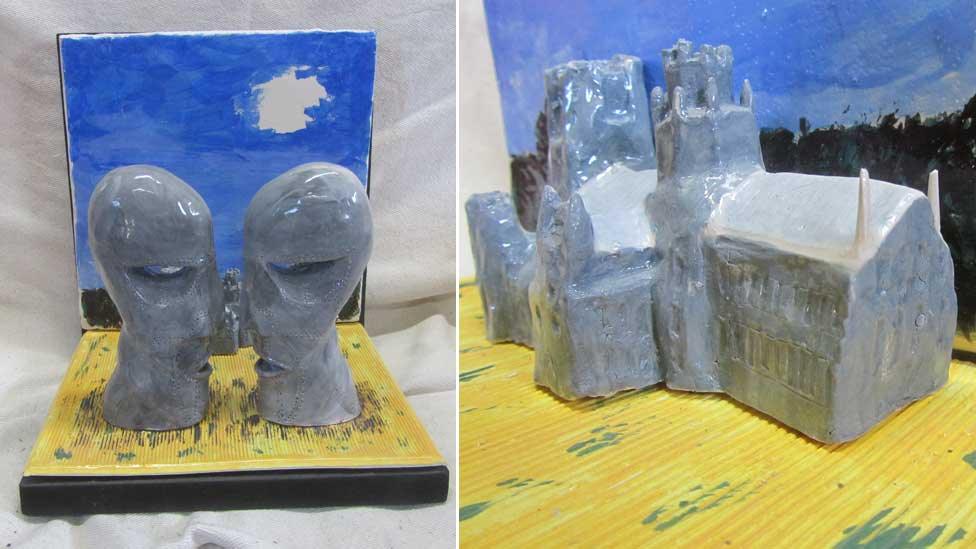
Pink Floyd's Division Bell, originally designed by album cover innovators Hipgnosis. "The challenge was making two things the same, and I made Ely Cathedral a lot bigger than it is on the original album cover"
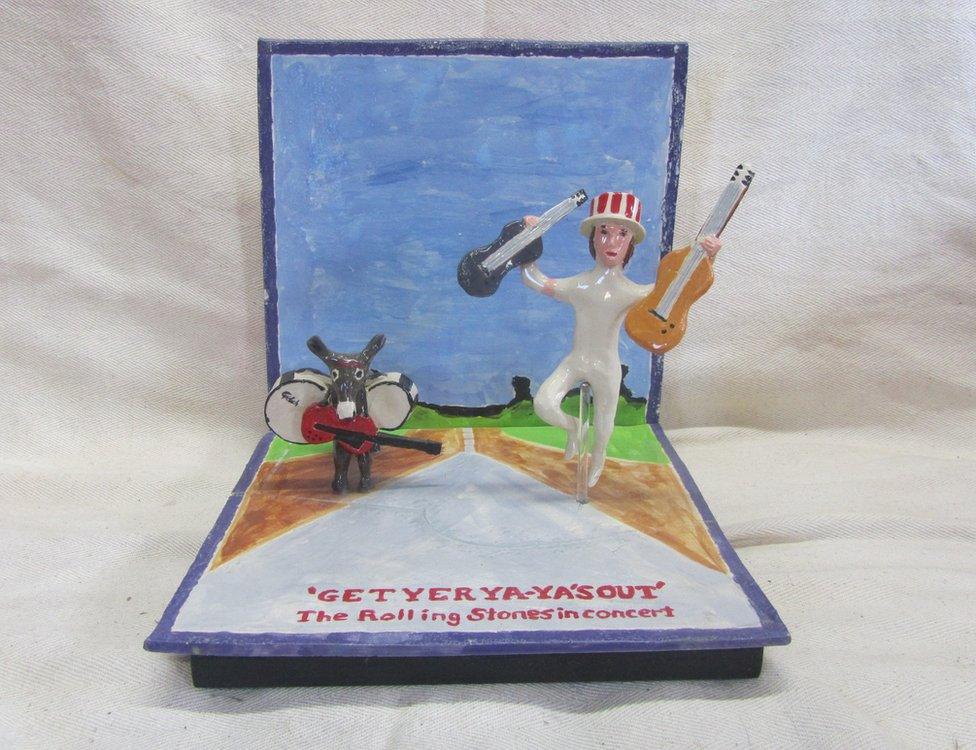
More Stones... "As a live album, this takes the biscuit," said the ceramicist
Mr Buckmaster was saddened by the rise of the smaller scale cassette and CD, along with downloading and streaming which has meant no packaging is required at all.
"Because the square canvas had gone it felt like it wasn't worth the artistic input anymore," he said.
"But with the renaissance of vinyl we are seeing the return of album art, notably a recent release involving Sir Peter Blake [The Who's last LP]."
The sculptor said that although he would like to exhibit his work further, he did not plan to sell any of his pieces.
.
- Published13 December 2019
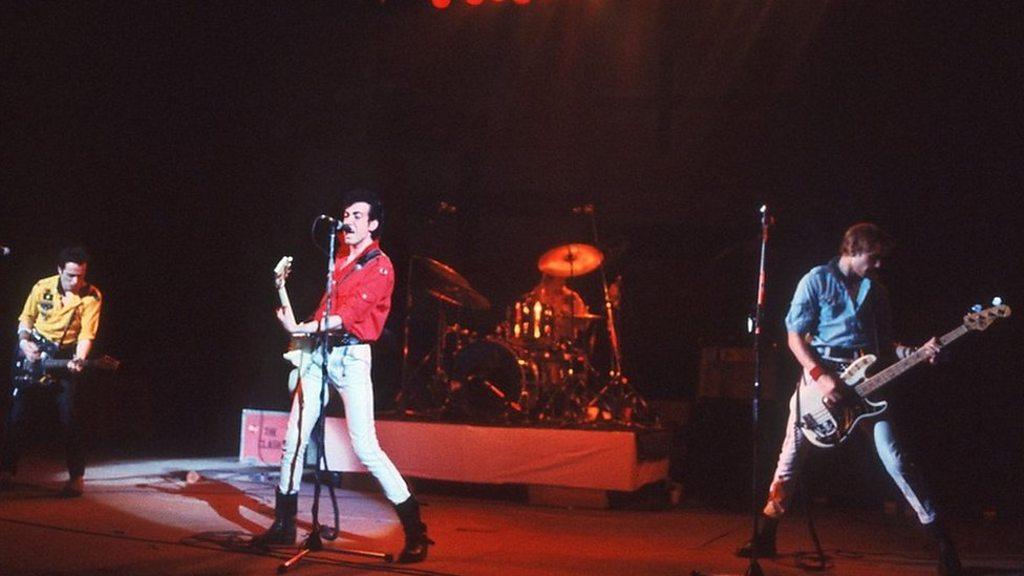
- Published4 October 2019
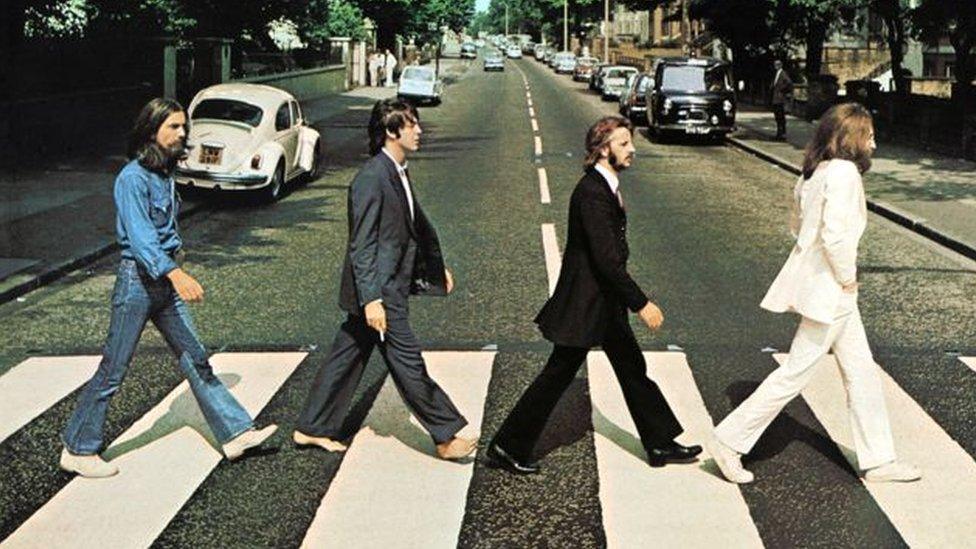
- Published27 October 2016

- Published21 May 2015

- Published20 April 2019

- Published19 April 2013
